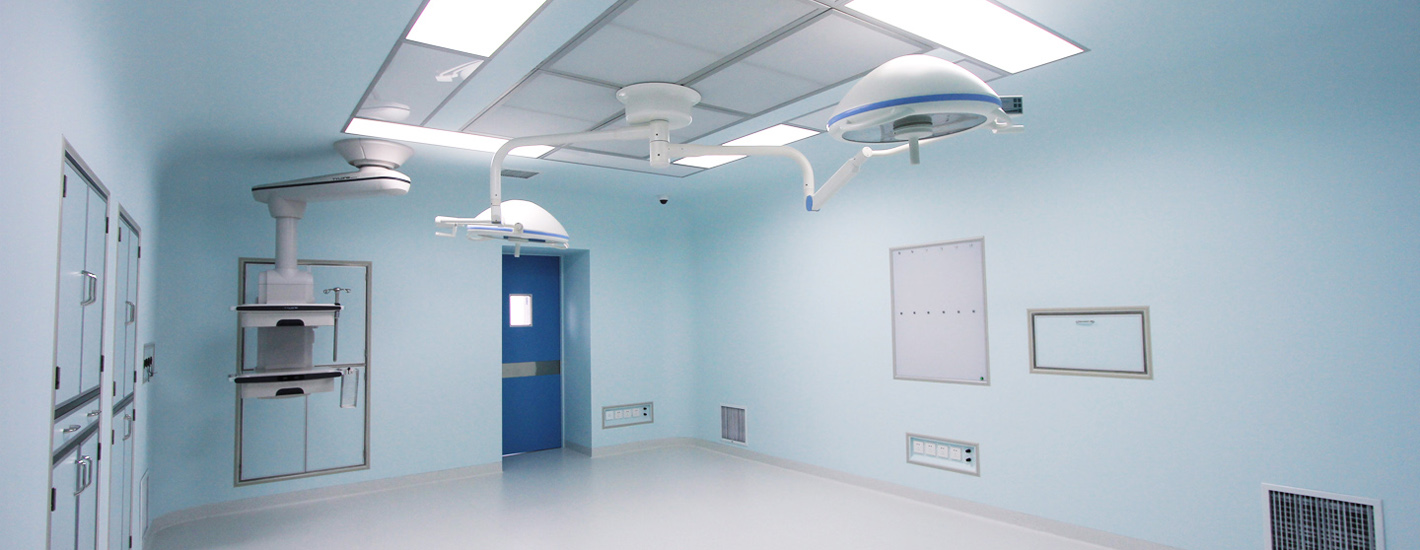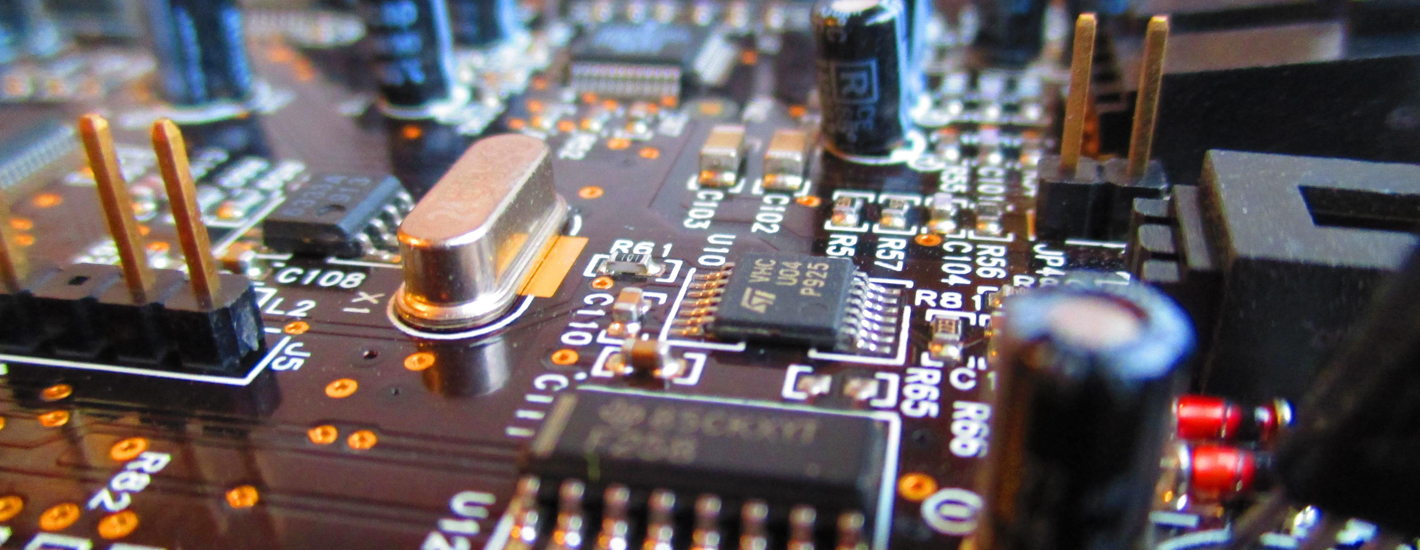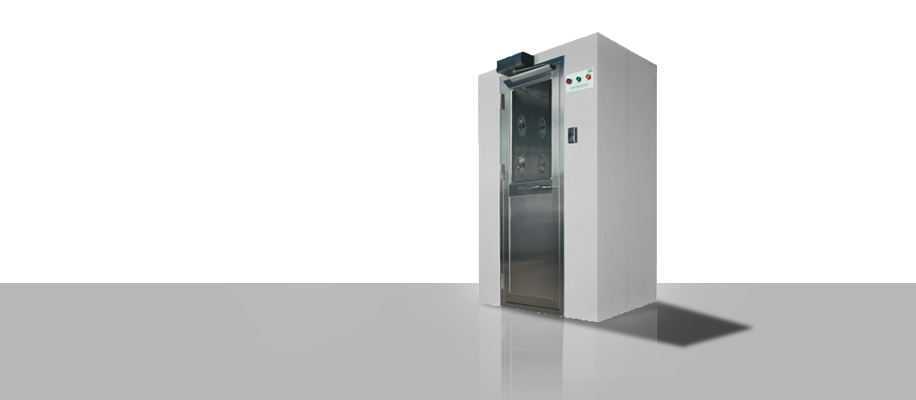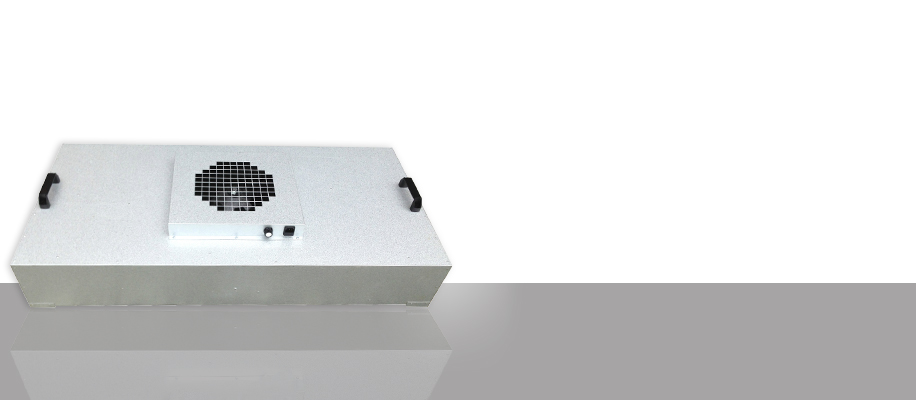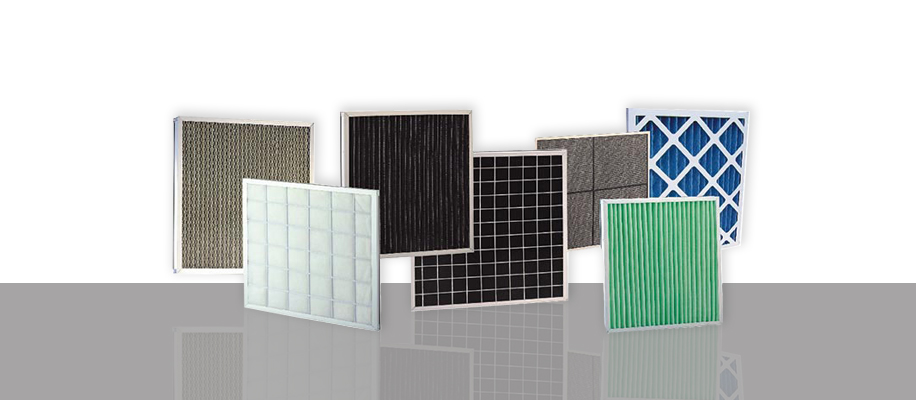PRODUCT&SERVICES
CLEANROOM EQUIPMENT
AIR FILTER
Welcome to BACCLEAN
Guangzhou Bacclean Tech Co., Ltd. is located in Guangzhou and is specialized in manufacturing Air shower,Pass box,Clean bench,Clean shed and Air Filter. With an experienced and professional team, we have exported our products to manycountries and regions all over the world, especially South America,Wsetem Europe ande North Americ.Our products enjoy a good reputation among our customers.




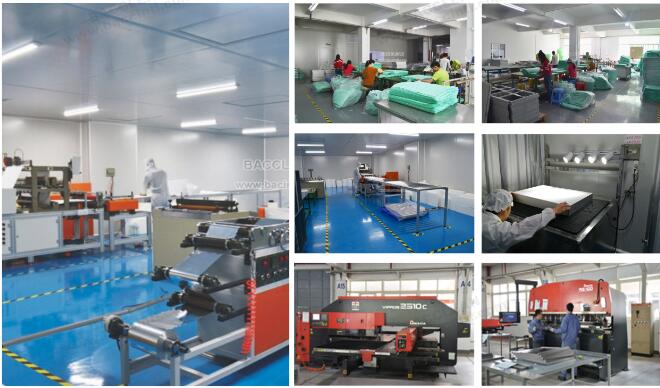
Some Case


A team with specialized air-con technology, the leading Clean Room equipment professionals. Its high-quality products can be applied in Clean Room operation and sterile experiments. These products are applicable to industries like semiconductor and pharmaceutical since they value a lot on the environment control.

With the dry H2O2 decontamination technology, the sterilization result can reach 10-6. The molecule can pass through the filter and it is suitable for decontamination. This technology can be applied to Pass Box, Glove Box, Isolator, and air-con.

We have in-house filter manufacture factory and the production line is with Clean Room level. No matter for mass production or for customized sizes, we check the quality strictly. Every filter we make passes the integrity test by the particle counter. You can trust us on the quality and performance.
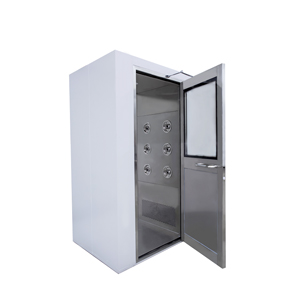
A Trust-worthy Partner
We are a equipment manufacturer who was certified for ISO 9001 : 2015.we are specialized in Clean Room equipments, filter manufacturing, and Clean Test. We also offer the Clean units and consumables for global OEM companies.
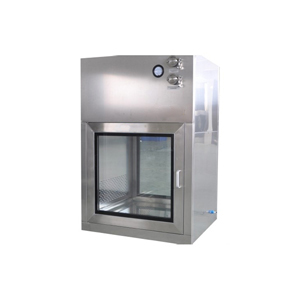
Excellent Brand, Prioritized Service
With the thriving development of the Pharmaceutical ,glows around the world by their leading technology, great quality products, and innovative development concepts.
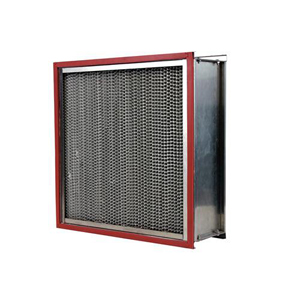
challenges your concept towards Clealiness
With the professional R&D team and the total solution offered, we assist you to strictly control the key manufacturing process with perfect dust-free and sterilized environment.
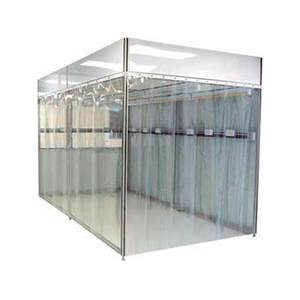
NEXT GENERATION CELL PLATFORM
The next-generation culture platform is mainly a three-company,a concept model incorporating various ideas in anticipation of diversion to the production field. For the development of the regenerative medicine field.
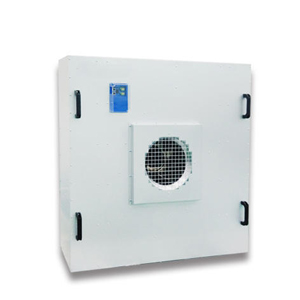
Overall enhancement on air quality
We has introduced the Small air purifier for household and small-scale usage. With high quality designing concept, we guard your health as purify air quality, lessen pollution, eliminate dust mite.
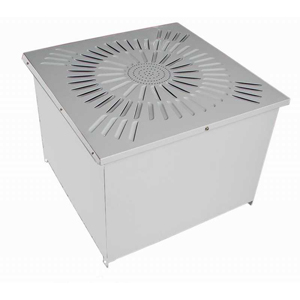
Clearance plan on fine products
Right now, please make reservation through email for this timely promotion.


